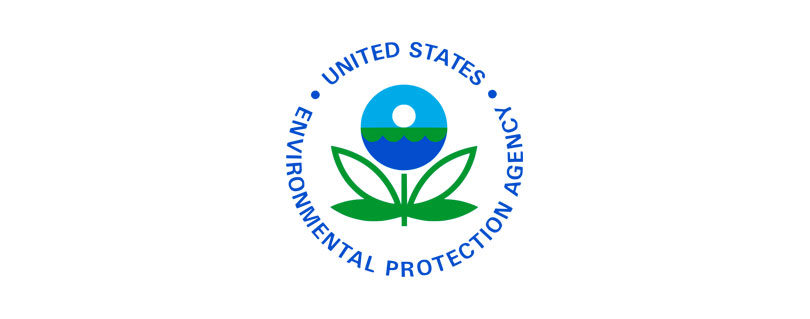Federal settlement paves way for continued work at former Chlor-Alkali Facility Superfund Site
Publilshed by the U.S. Environmental Protection Agency (EPA)
BERLIN, N.H. (Dec. 7, 2022) – Under a Consent Decree agreement recently entered by the United States District Court for the District of New Hampshire, the U.S. Environmental Protection Agency (EPA) and the State of New Hampshire have entered into an agreement with settling defendants, Fort James LLC, Georgia-Pacific Consumer Products LP and North American Dismantling Corporation, to implement the cleanup of legacy contamination at the former paper mill and chemical facility in Berlin. The settlement also provides for reimbursement of a share of the past costs incurred by EPA for the site investigation and development of the remedial action plan for the site. Funding for all the future remediation at the site will provided by the settling defendants, and the work will be performed under the oversight of EPA and the State.
“This is a significant milestone for the site and the Berlin community, as we continue to recover mercury from the Androscoggin River, maintain the landfill and remove hot spots of soil in the surrounding area,” said EPA New England Regional Administrator David. W. Cash.
Background
The 41-acre site in Berlin, New Hampshire lies on the east bank of the Androscoggin River bounded to the north by Bridge Street and Sawmill Dam, to the east by Hutchins Street, and to the south by the remainder of the former paper plant, now a biomass energy facility. The site includes a 4.6-acre landfill containing construction debris, capped by a low-permeability membrane and 2-feet of woodchips. The remainder of the site is vacant with shrubs and successional trees interspersed with wetlands, dirt roads, and isolated industrial debris.
From the 1890s to the 1960s, the site was a chemical plant that included chlorine-producing cell houses. The chemical plant used chlorine to make chloroform, carbon tetrachloride, and other chlorinated organic compounds. The owners razed most of the chemical plant structures and buried them on the property in the 1960s. In 1999, the owners demolished the last cell house and created the 4.6-acre Cell House Parcel landfill in the area of the former cell houses.
The primary contaminants at the site include mercury, dioxins, furans, polychlorinated biphenyls (PCBs), and semi-volatile organic compounds. Operations in the chemical plant used or generated these contaminants. In 1999, the New Hampshire Department of Environmental Services (NHDES) discovered mercury in the Androscoggin River directly adjacent to, and along the length of, the 4.6-acre landfill. Despite several removal efforts by NHDES and EPA, mercury continues to appear in bedrock fractures on the east bank of the Androscoggin River adjacent to the 4.6-acre landfill. The beads of mercury generally harden into solid metal amalgams, erosion transports these amalgams further downstream.
The Androscoggin River is currently designated “catch-and-release” from Berlin downstream to the Maine border. People who disregard this designation and eat fish caught in the river may be exposed to elevated levels of PCBs, mercury, and dioxin, all of which are toxic. Seven rare bird species are known to live or feed close to the Androscoggin River near the site and could, therefore, be harmed by the contaminants being released from the site. These species include the bald eagle, peregrine falcon, common nighthawk, northern harrier, osprey, common loon, and Cooper’s hawk.
For more information:
Chlor-Alkali Facility (Former) Superfund Site
Read the full article at: https://www.epa.gov/newsreleases/federal-settlement-paves-way-continued-work-former-chlor-alkali-facility-superfund



